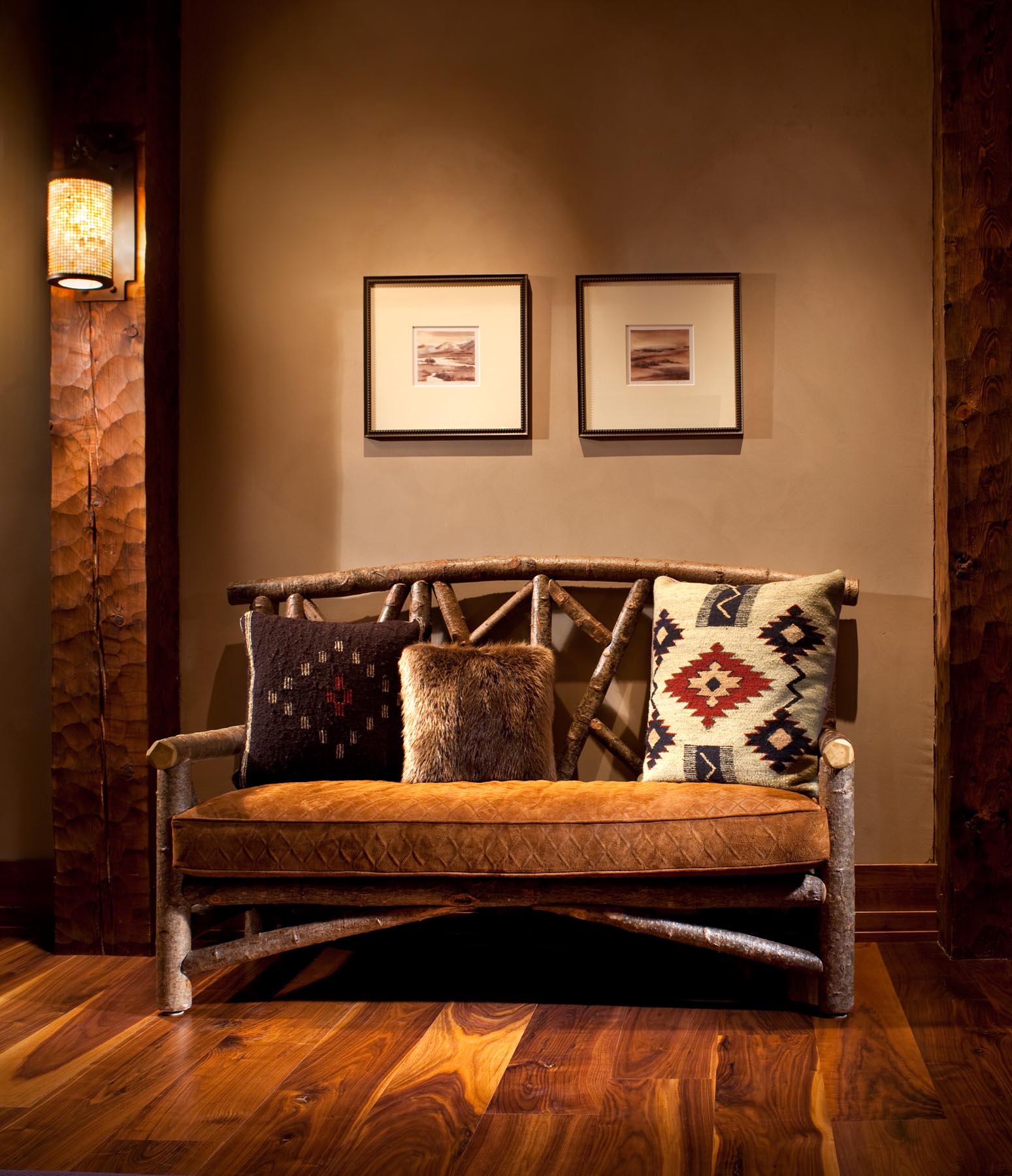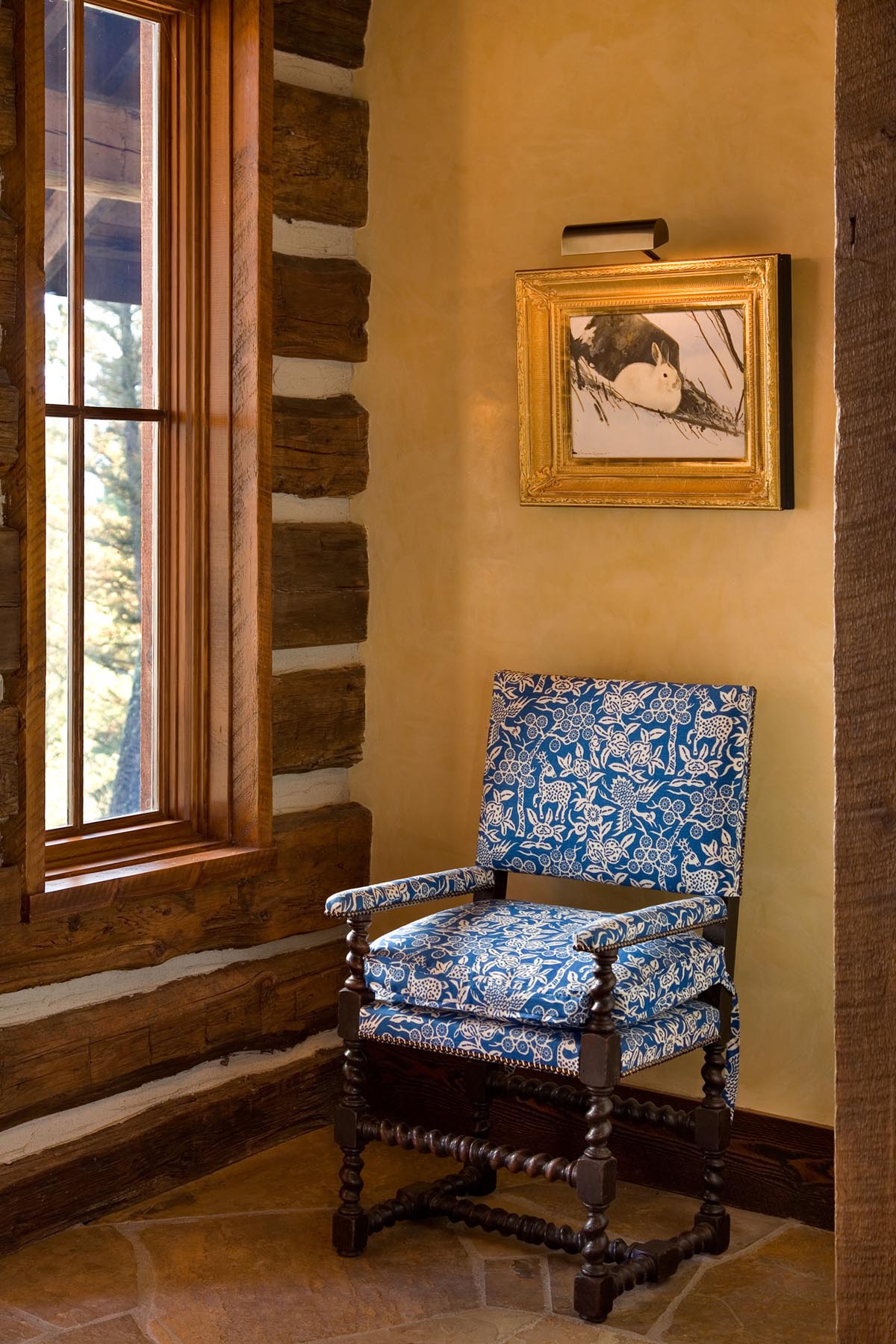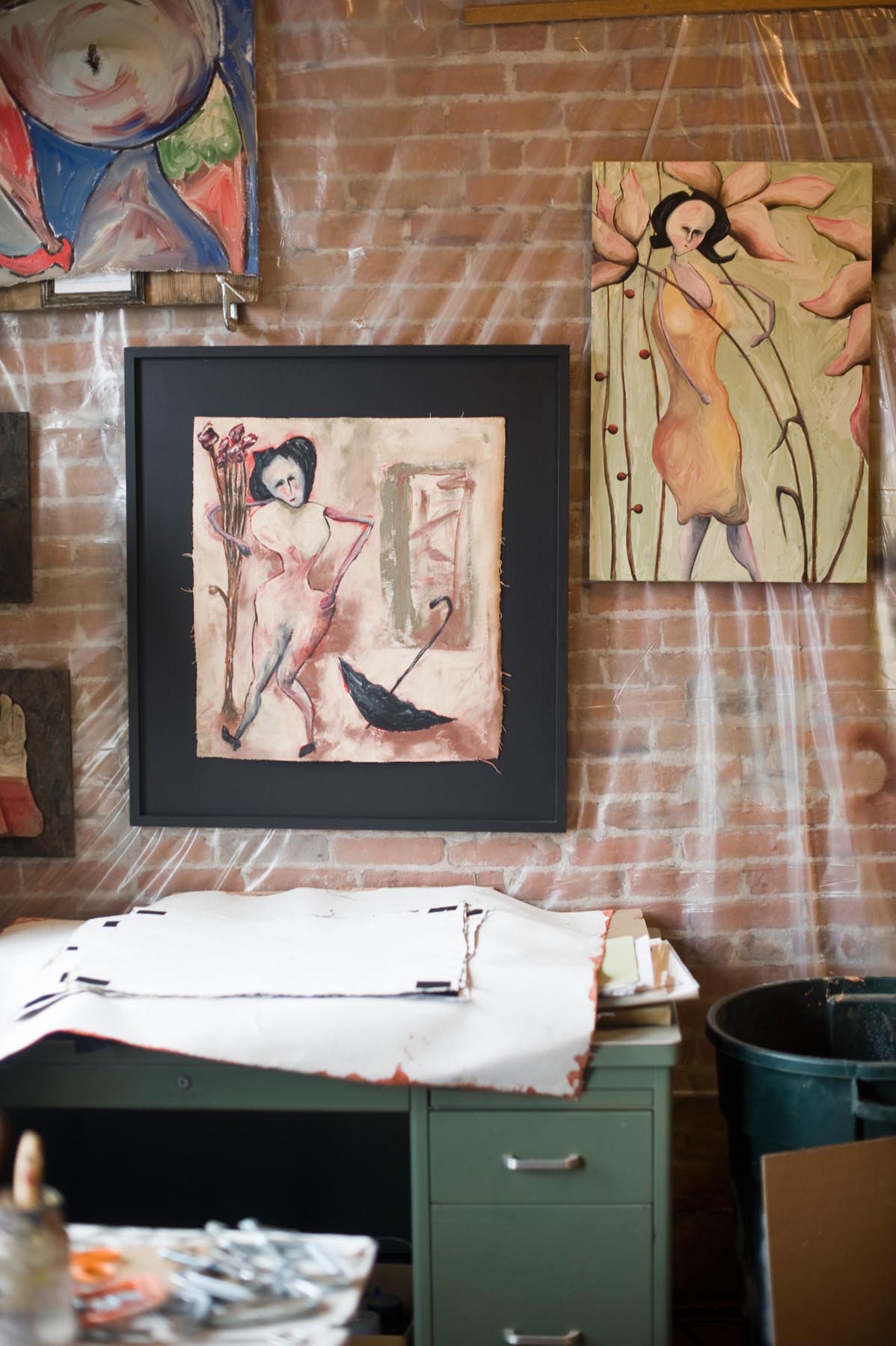
22 Aug Curated Home
“The arts are important for all of us, whether or not we ourselves practice a particular discipline. Art, broadly speaking, is that which invites us into contemplation. In that moment of contemplation, art intensifies the presence of the world. We see it more vividly and more deeply”.
Thomas Moore
It’s no surprise that we react to the stimulus in our environment, whether at home or at work. How we take in color, hue and shapes affects our mood, evoking enjoyment or discord. Here are some ideas for carefully selecting works of art to enhance your living spaces.
First, conceptualize your overall project. Think about what you’re trying to create in your home. What theme will be present in choosing your art pieces? Are you looking to feature certain colors? Or will subject matter play a more important role in determining your theme? Are you shooting for a regional theme that stems from where you are located? Is your theme nature-centered or industrial-centered? Are you going to include two-dimensional and three-dimensional work? Answering these questions will help determine the scope of your project and help you move forward.
Next, consider your setting. What spaces are available for art, including walls and flat surfaces? Take a look at the flow regarding how people move through your home and how art pieces can lead the way. How will you and your family members view the art pieces? How does furniture placement support viewing? I highly recommend drawing out your floor plan on graph paper and really taking a look at each room.
Measure your walls and allow for scale. You want each piece to fit perfectly, not taking up too much or too little space. Consider the lighting that is available. Do you have natural lighting for the space? If the spaces are too dark could you possibly add art lighting?
What is the timeframe you’re work ing with? Do you want to have a certain room completed by a holiday? Maybe you have visitors coming and you want to make sure the guest room is ready for them.
After you’ve decided upon an overall theme and have considered your setting, you’ll have a list of sizes that will work. Armed with your plan, it’s time to start shopping. Now you can begin to look at pieces that are in line with your overall theme. I recommend browsing through art magazines, visiting your local galleries or art centers, and begin to identify pieces that fit into your plan.
Don’t rush the process. Make a note of why a certain piece captures your attention and take a closer look. What is it about that piece that grabs your attention? Is it color, texture, presentation, lighting? This will help you in narrowing your focus. When visiting galleries, most will allow you to try out the piece for a day or two to make sure it’s a good fit.
Curating a collection for your home is an enjoyable process in which everyone in the family can participate. Enjoy every moment and make this a family project.
Honoring Your Collection
How to pull it together
1. When it comes to installing artwork, it’s best to have a few extra hands on deck. Grab your spouse or a trusted friend, open a bottle of wine and begin. If I’m working with several new pieces at a time, chances are I have an idea as to where they’ll go. I start by propping the pieces next to the intended wall to get a feel for how they look together, in the same room. If they work as anticipated, I begin hanging and placing sculpture. If the piece is small and I can handle it myself, I do so. If the piece is larger and more complicated, I hire a handyman to assist with the installation.
2. I highly recommend saving all the paperwork on your art pieces. Collect artist biographies and information about your new piece. As your collection evolves, add these pages to a book that can live on your coffee table. That way you’ll always be able to put your hands on the details that accompany your collection like the artists’ name, what region of the country the artist is from, the location of the piece, and whether or not the piece was included in a show. Your guests and visitors will be thrilled to learn about your art pieces and the stories connected to how you learned about his/her work. Ask artist/gallery for a professional photograph of the piece that you’ve purchased and a biography of the artist. Collect these items and have a coffee-table book created to honor your collection.
3. Finally, document the collection. Check with your insurance professional to find out how to add these pieces of value to your insurance coverage. Create an up to date document, which includes the artist’s name, medium, dimensions and price for each piece. Submit this to your insurance company to be sure your items are covered.
- Careful furniture placement can enhance the viewer’s appreciation of art throughout a home.






No Comments